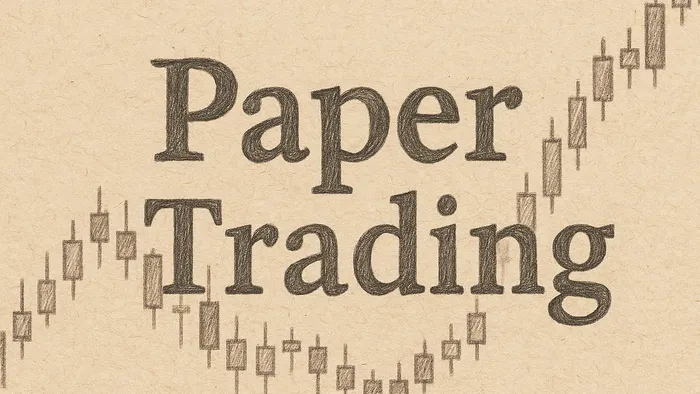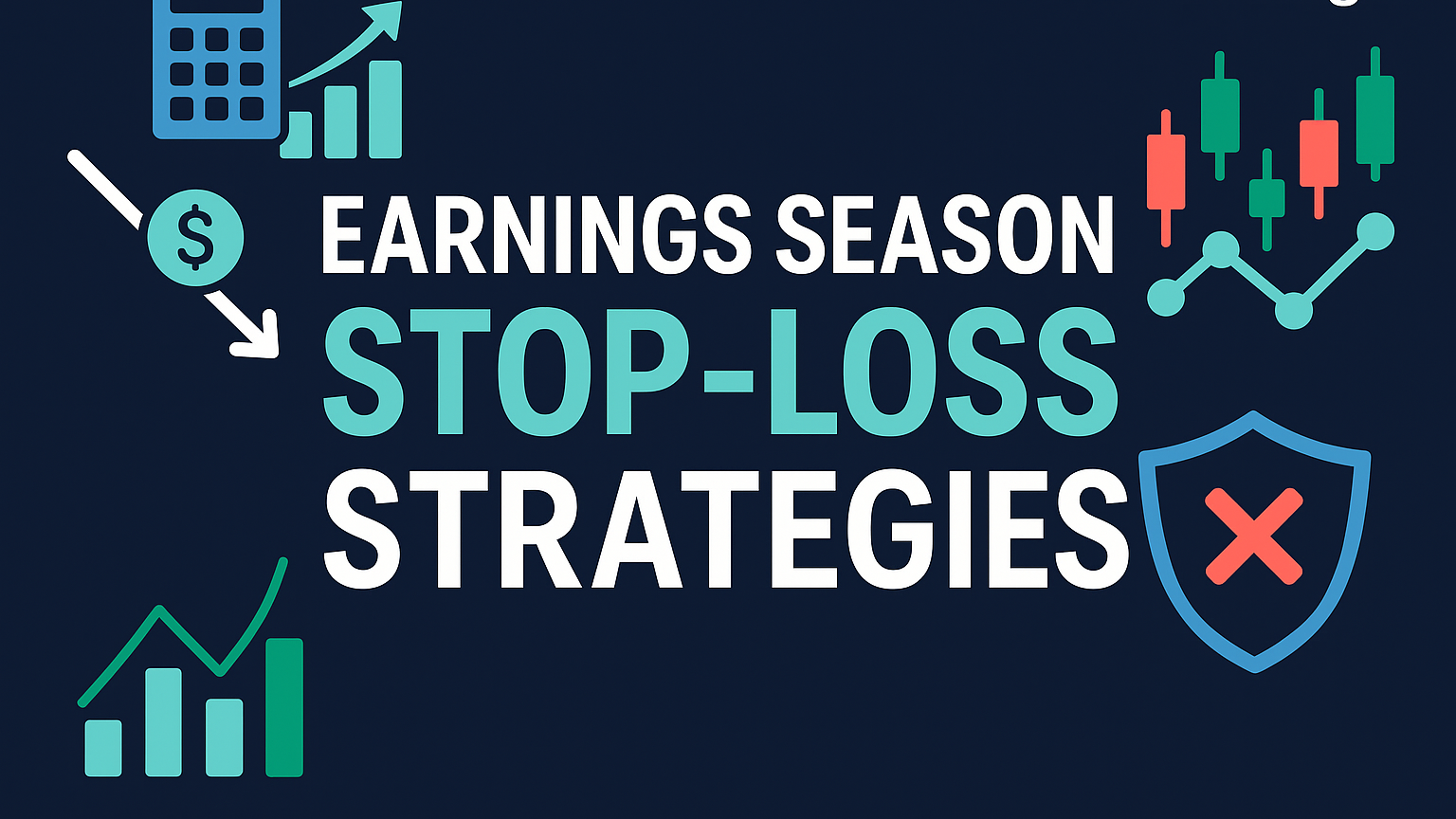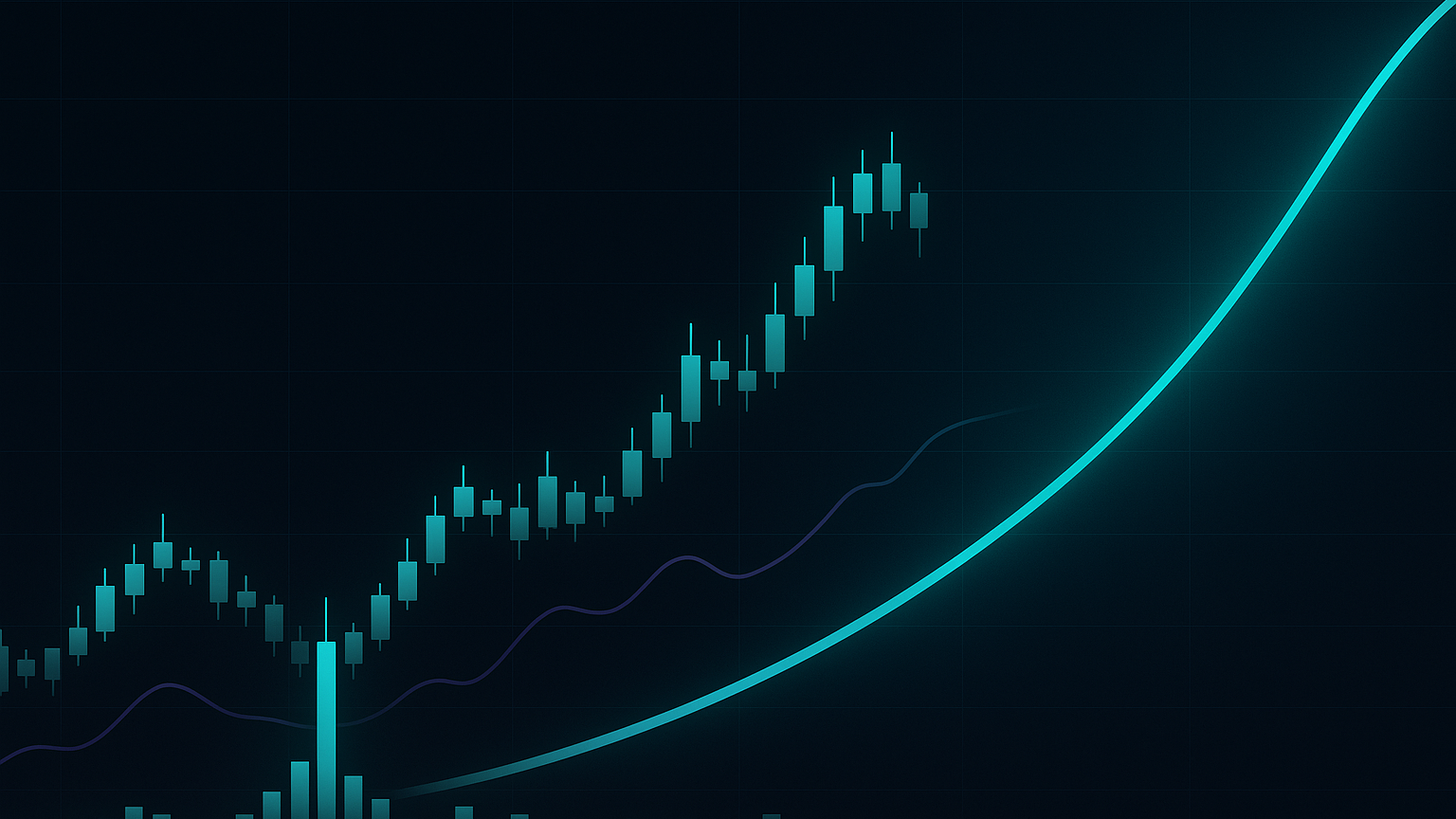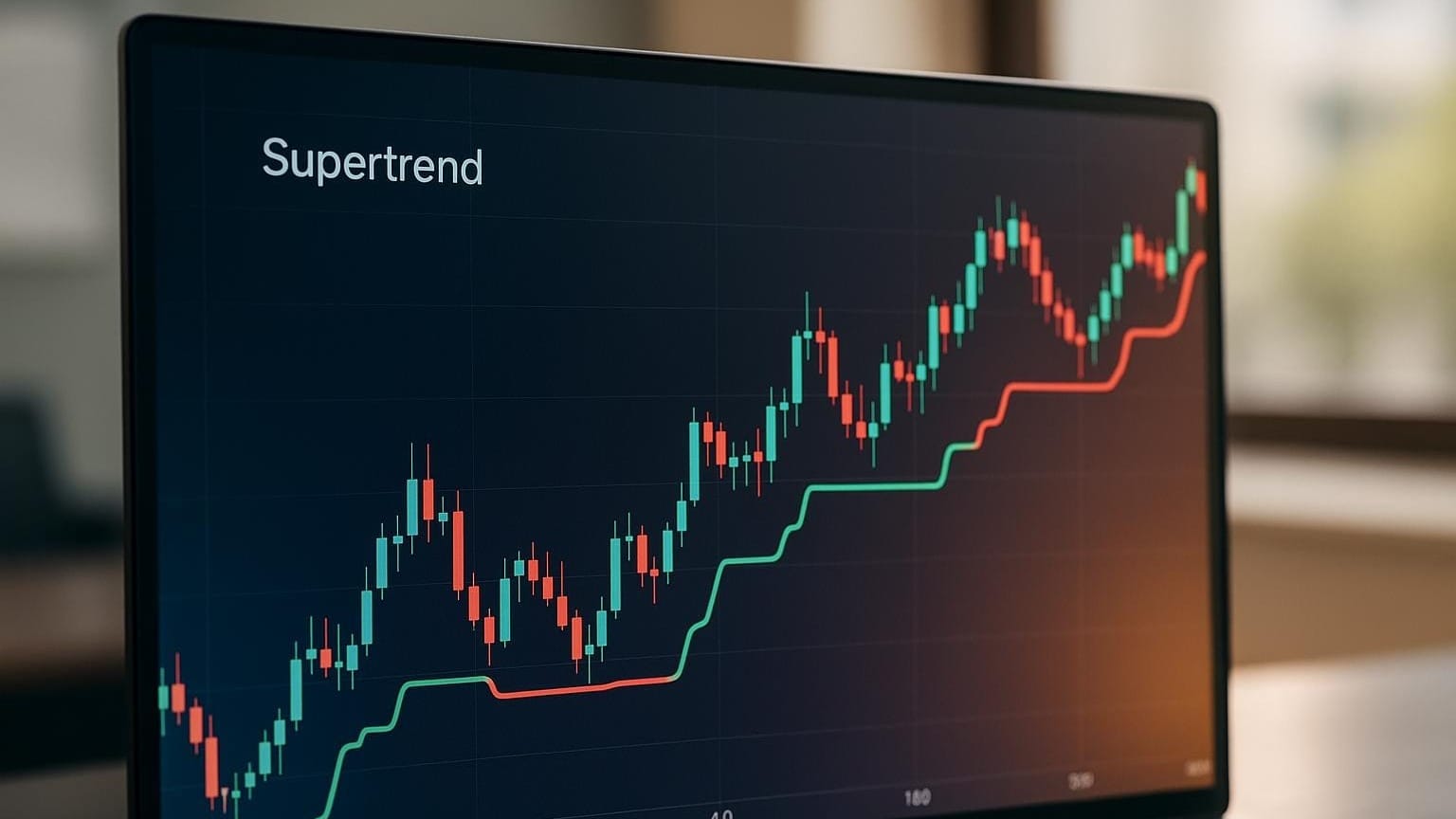Explore how paper trading simulates real market conditions, helping traders refine strategies, build confidence, and prepare for live trading challenges.
Paper trading is a practice environment where you can test trading strategies using virtual money without risking real cash. It allows beginners and experienced traders to refine their skills, understand trading platforms, and develop discipline in a low-pressure setting. Simulators replicate market conditions with features like real-time data, charting tools, and order types, helping users experiment with strategies and manage risk effectively.
Key points:
- Risk-Free Practice: Test strategies like day trading or swing trading without financial loss.
- Skill Building: Learn platform mechanics, order execution, and risk management.
- Emotional Preparation: Develop discipline and focus to handle emotional challenges in live trading.
- Differences from Live Trading: No real financial risk, but lacks real-world slippage, delays, and emotional stakes.
To transition smoothly to live trading:
- Start with a small account and limit risk per trade.
- Treat paper trading seriously, keeping detailed records of trades and emotions.
- Use LuxAlgo to refine strategies on TradingView, and validate ideas with AI Backtesting.
Paper trading is a critical step to build confidence and prepare for the challenges of trading with real money.
Key Benefits of Paper Trading
Test Strategies Without Risk
Paper trading offers a risk-free way to experiment with a variety of trading strategies, whether you're exploring day trading, swing trading, or anything in between. It provides a platform to test indicators, timeframes, and techniques like scalping or position trading, all while observing how they perform in different market environments. This process is essential for fine-tuning your approach before putting real money on the line.
For instance, if you're curious about how scalping works during volatile market periods or want to see how a long-term position trade pans out over weeks, paper trading lets you explore these methods in a realistic, simulated setting. You can analyze their outcomes and make adjustments as needed without any financial risk.
Michael Zarembski, director of futures at Schwab, underscores the importance of focus in trading:
"One skill that I see successful traders have is the ability to block out the noise of the financial media and other pundits and follow their particular trading plan" (source).
Paper trading helps you cultivate this focus. By practicing in a pressure-free environment, you can stick to your strategy without the emotional distractions that often come with live trading. This disciplined approach not only sharpens your skills but also prepares you for the psychological challenges of real markets.
Build Confidence and Discipline
Trading simulators are excellent for building the confidence and discipline necessary for live trading. Without the fear of financial loss, you can focus on mastering the mechanics of trading—such as executing orders, analyzing charts, and setting stop-loss levels—all while developing sound risk management habits. See: how stop-loss orders work.
The psychological side of trading is often overlooked, but it's a critical component of success. Paper trading allows you to practice staying calm and rational, even in simulated volatile market conditions or after a series of losing trades. This helps you avoid impulsive decisions and stick to your trading plan, which is vital when transitioning to live markets.
Another advantage is gaining familiarity with your trading platform. You can explore its features, from order execution to charting tools, without the added stress of real money on the line. This hands-on practice ensures you're comfortable navigating the platform when it truly matters.
Equally important is the discipline you develop around risk management. Through repetition, you'll learn to set stop-loss orders, manage position sizes, and maintain a proper balance between risk and reward. These habits, ingrained through practice, will serve you well when dealing with the pressures of live trading.
Paper Trading vs Live Trading Comparison
There are key distinctions between paper trading and live trading, which highlight the strengths and limitations of each:
| Feature | Paper Trading | Live Trading |
|---|---|---|
| Financial Risk | No real money involved | Actual capital at stake |
| Emotional Pressure | Minimal, focused on learning | High, influenced by fear and greed |
| Order Execution | Instant fills, ideal execution | Delays, slippage, and potential rejections |
| Market Conditions | Simulated prices and liquidity | Real-world liquidity and spreads |
| Learning Focus | Strategy testing and skill building | Balancing profit generation with risk management |
The biggest difference lies in the emotional aspect. While paper trading eliminates the stress of risking real money, live trading introduces psychological challenges that can impact your decision-making. Emotions like fear and greed often lead traders to stray from their plans, making emotional discipline a crucial skill to develop.
Order execution is another area where the two diverge. Paper trading typically offers instant fills without accounting for slippage, delays, or partial fills, which are common in live trading. Understanding these nuances is especially important if you plan to trade during volatile periods or in markets with lower liquidity.
Despite these differences, paper trading remains invaluable. It allows you to refine your strategies, sharpen your analytical skills, and build a strong foundation for live trading—all without putting your capital at risk during the learning phase.
How to Use Trading Simulators Effectively
Setting Up Your First Simulator
Getting started with a trading simulator means tailoring it to reflect real market conditions. The closer your virtual setup mirrors the live trading environment, the more valuable your practice will be.
Begin by selecting a simulator that provides the tools you'll actually use in trading. Look for features like stock screeners, live data feeds, charting tools, and technical analysis capabilities—these are the same resources seasoned traders depend on.
When creating your account, take note of any funding requirements. Some platforms may ask you to fund a real account before granting access to their full simulator features. While this might seem like a hassle, these platforms often deliver the most realistic experience, complete with advanced research tools and live market data.
Match your virtual capital to your real trading budget. Planning to start with $10,000? Then set your simulator to the same amount. This practice ensures you're learning to manage money and risk just as you would in real life. Avoid the urge to play around with unrealistic sums like $1 million—it won't prepare you for the emotional side of dealing with actual money.
Dive into the simulator's features. Explore news feeds, historical price data, performance charts, and tools for tracking IPOs and trading volumes. Also, get familiar with how the platform handles corporate actions like stock splits, dividends, and mergers, as these can impact your trades in the real world.
Once your setup is ready, shift your focus to building disciplined trading habits.
Best Practices for Paper Trading
The key to making paper trading effective lies in treating it as seriously as live trading.
"Treat your paper trading account like a live account to build discipline."
Set measurable goals for your practice sessions. For example, aim for a "60% win rate over 50 trades in the next month" or test "three different moving average strategies under various market conditions." Clear objectives keep your efforts focused.
Keep a detailed trading journal throughout your practice. Write down not only the trades you make but also the emotions you experience during each decision. Note why you entered a trade, what outcome you anticipated, and how you felt when the trade moved for or against you. This emotional tracking helps uncover biases and refine your decision-making for live trading.
Test strategies across different market conditions—trending, consolidating, and volatile markets—to see how they perform in a variety of environments. This comprehensive testing ensures your strategies are flexible and not limited to specific scenarios.
Customize your simulator to reflect your actual trading preferences and limitations. If you can only trade during certain hours due to work, stick to those hours in your simulator. Similarly, if your real trading budget is limited, practice with comparable position sizes to better understand diversification and risk management. Learn more about position sizing.
Experiment with portfolio allocations to practice managing risk. For instance, try a mix like 70% stocks and 30% ETFs or adjust sector weightings to see how these choices impact performance and risk exposure.
By following these practices, you’ll develop habits that translate seamlessly into live trading.
Track and Analyze Your Performance
Tracking your performance is what turns casual practice into meaningful skill development. The goal here is to uncover patterns in your trading behavior and measure the effectiveness of your strategies.
Log every trade with precision. Use consistent metrics like net profit, profit factor, win ratio, average gains versus losses, and holding time. Keeping detailed records helps identify trends and areas for improvement.
Review your performance regularly—weekly and monthly. Look for trends such as whether you perform better with certain stock types, during specific market conditions, or even at particular times of the day.
Set clear benchmarks to measure your progress. Compare your results to major indices like the S&P 500 or sector-specific ETFs. A high win rate is encouraging, but also check your risk-reward ratio to ensure your potential profits justify the risks you're taking.
Use visualization tools to create charts and graphs that clearly illustrate your performance over time. Many simulators include built-in reporting features, but exporting data to spreadsheets for custom analysis can also be helpful.
The most important part of tracking is using what you learn to improve your strategies. For example, if you notice a tendency to cut winning trades short or hold onto losing ones too long, create specific rules to address these habits. Test these adjustments in the simulator before applying them in live trading.
Lastly, automation can simplify the tracking process. Many platforms offer automated reporting tools that reduce manual entry errors and ensure you capture all critical data accurately. This allows you to focus more on refining your strategies and less on administrative tasks.
Trading Simulator Crash Course | Ultimate Guide (Beginner - Advanced)
Using LuxAlgo Tools for Better Paper Trading
LuxAlgo provides professional-grade tools and AI-powered features that take paper trading beyond basic practice, helping traders refine advanced strategies with precision.
LuxAlgo Indicators for Paper Trading
LuxAlgo provides three core toolkits—Price Action Concepts (PAC), Signals & Overlays (S&O), and Oscillator Matrix (OSC)—designed to enhance technical analysis during paper trading.
- Price Action Concepts (PAC): This toolkit focuses on spotting changes in market structure, which can signal profitable opportunities. The Market Structure module highlights key shifts, helping you identify when trends are forming or ending. It also sharpens your ability to recognize essential chart patterns.
- Signals & Overlays (S&O): Offering customizable signal algorithms, this toolkit helps you practice identifying dynamic support and resistance levels as market conditions shift.
- Oscillator Matrix (OSC): This toolkit uses dynamic oscillators to track market sentiment. Tools like the Adaptive MACD and Rainbow Adaptive RSI help refine entry and exit timing by analyzing momentum changes. Pairing these with anchored VWAP tools—such as LuxAlgo's ASFX A2 VWAP—enables you to confirm if institutional volume supports your chosen trend.
Additionally, LuxAlgo’s screeners and alerts let you filter assets based on custom criteria, making it easier to spot high-probability opportunities. Combined with advanced backtesting, these tools form a solid foundation for developing and refining strategies.
AI Backtesting Assistant Features
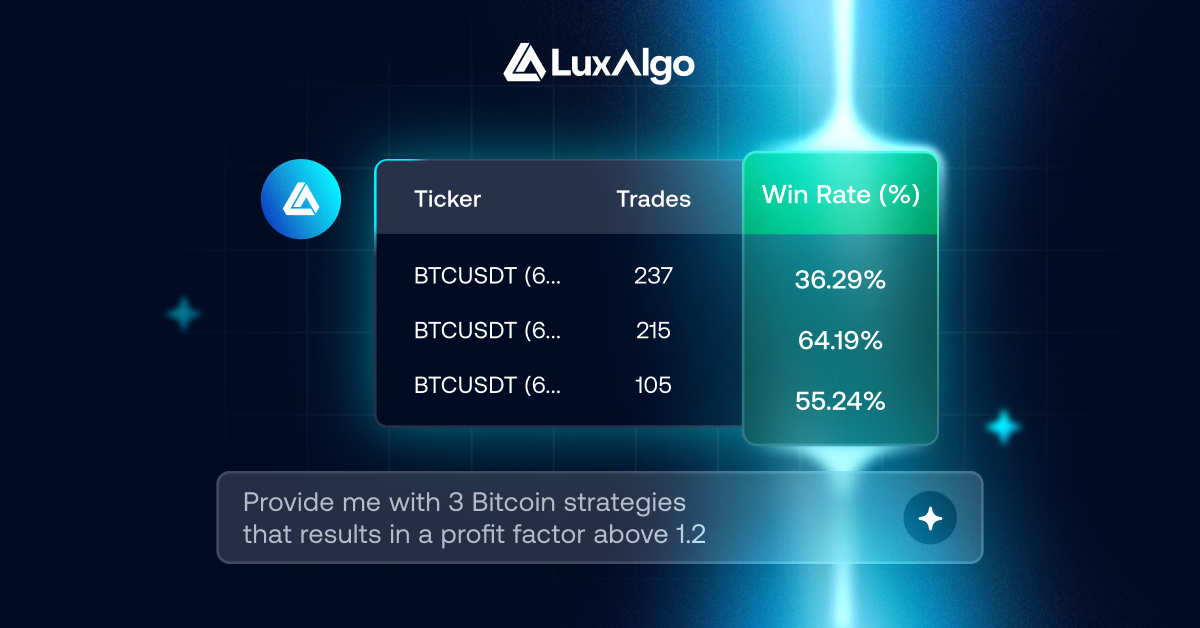
LuxAlgo’s AI Backtesting Assistant simplifies strategy testing, making it a fast and data-driven process. With access to a large database of backtested strategies, the platform offers a wealth of insights for optimizing your trading approach.
Using its natural language interface, you can describe your ideas in plain English and receive detailed backtesting results. For instance, you could ask, "Test a strategy that buys when the Adaptive MACD crosses above zero and RSI is below 30, then sells when RSI reaches 70," and the system will provide performance metrics across various market conditions.
This assistant removes guesswork from strategy optimization. It evaluates your strategies across different timeframes and environments, identifying conditions where your approach works best. The optimization engine tests parameter combinations, helping you fine-tune settings for more precise results. These optimized strategies can boost your confidence as you transition to live trading.
Community and Learning Resources
LuxAlgo supports users with detailed guides and documentation, ensuring you understand how to use each indicator effectively in different market scenarios. These resources complement your paper trading practice by providing actionable insights.
The community aspect is equally valuable. As one member shares:
"Leaving the algo aside, there's a great Discord group (you can check my results there) with amazing and helpful members in it."
Kevin Ortega highlights the platform's commitment to improvement:
"The team is constantly taking feedback and improving the premium indicators to better fit the needs of the community so that they can be successful as a whole."
This active community and continuous feedback loop help sharpen your trading strategies, preparing you for the transition from simulated markets to live trading.
Moving from Paper Trading to Live Markets
Making the leap from simulated trading to live markets is a major milestone for any trader. While simulators are excellent for honing technical skills and testing strategies, live trading brings an entirely new challenge: managing the emotional pressures that come with trading real money.
Mental Preparation for Live Trading
The biggest hurdle in live trading often isn’t technical—it’s emotional. Trading with real money stirs up emotions like fear and excitement, which are rarely experienced during paper trading. These emotions can impact even well-thought-out strategies. For instance, fear might push you to exit a winning trade too early, while overconfidence could lead to holding onto a losing position longer than you should.
To handle these emotional challenges, start by treating your simulated trades as seriously as real ones. Set clear entry and exit rules, and practice mindfulness techniques to stay grounded. The goal is to make rational decisions, even under pressure.
Steps for a Smooth Transition
When transitioning from paper trading to live markets, take it slow. One of the most common mistakes new traders make is rushing this process. Begin with a small live account—something in the range of $500 to $1,000—and limit your risk to just 1% per trade. Always use stop-loss orders to keep potential losses in check.
Continue using LuxAlgo’s trusted tools to maintain disciplined trading habits. Features like Price Action Concepts, Signals & Overlays, and the Oscillator Matrix can help you spot opportunities and time your entries effectively. Only consider increasing your position sizes after proving consistent profitability over several months. Live trading success is a gradual process, not an overnight achievement.
Keep Learning and Improving
Once you’ve established a routine in live trading, the learning doesn’t stop—it’s just beginning. Use what you’ve learned from paper trading to refine your strategies, but be prepared for new challenges unique to live markets. Factors like order execution delays, slippage, and fluctuating liquidity are realities that simulators can’t fully replicate. Treat these experiences as opportunities to adapt and grow. For background on liquidity drivers, see the CME overview of liquidity and immediacy.
Stay engaged with educational resources and trading communities. LuxAlgo’s documentation and community channels are helpful for applying strategies to real market conditions. Additionally, regular backtesting remains valuable even after going live. AI Backtesting is a practical way to test new variations of your strategies and fine-tune your approach based on real-world results.
Finally, keep a detailed trading journal. Document not just your profits and losses, but also your thought processes, market conditions, and emotional states. This habit, developed during paper trading, becomes even more vital in live trading. It helps you manage the psychological pressures of the market and refine your decision-making over time.
Each live trade is a step forward, adding to your experience and helping you navigate the complexities of real-world trading with greater confidence.
Conclusion
Paper trading serves as the bridge between learning the theory of trading and stepping into the real-world market. It provides a risk-free environment to test strategies, build confidence, and develop the emotional resilience required for live trading. This process helps uncover weaknesses and refine approaches without the pressure of financial loss.
To gain from paper trading, treat it with the same seriousness as live trading. Keep a detailed record of every trade, including your strategy and exit plan. Regularly review and analyze your results to identify patterns and areas for improvement. LuxAlgo’s capabilities—from automated price action analysis to dependable signals & overlays and AI Backtesting—help you refine strategies and build conviction.
When transitioning to live trading, start small. Gradually increase your positions as you gain confidence. Live trading introduces its own set of emotional and technical challenges, but the foundation built through disciplined paper trading, combined with LuxAlgo’s toolkits and AI Backtesting, will prepare you to navigate these hurdles with greater ease.
The shift from paper trading to live trading requires patience and persistence, but it’s a proven path followed by countless successful traders. Use this preparation phase to its fullest, and you’ll be ready to take on the complexities of live markets with confidence.
FAQs
How does paper trading help traders handle emotional challenges in live markets?
Paper trading offers a valuable opportunity to strengthen your emotional resilience before diving into live trading. By practicing in a completely risk-free setting, you can concentrate on fine-tuning your strategies and decision-making skills without the added stress of losing actual money. This process not only builds your confidence but also helps curb impulsive reactions that often surface in high-pressure trading scenarios.
It also provides a chance to experience the natural ups and downs of the market, which is key to developing emotional discipline and maintaining objectivity. With consistent practice, you’ll find yourself better equipped to stay calm and make rational choices, even when facing the psychological challenges that come with live trading.
What are the main differences between paper trading and live trading that beginners should know?
The biggest contrasts between paper trading and live trading revolve around execution, real-world market dynamics, and psychological factors. In paper trading, everything happens in a controlled environment—there’s no slippage, no delays, and conditions are idealized. On the other hand, live trading introduces variables like slippage, spreads, liquidity, and market depth. These factors can complicate order execution and make outcomes less predictable.
Another major difference lies in the emotional experience. Since paper trading doesn’t involve actual money, there’s no financial risk, meaning the stress and pressure of live trading simply aren’t there. In live markets, emotions like fear and greed can influence decisions in ways you might not expect. That’s why mastering risk management is so important. While paper trading is a great way to boost confidence and fine-tune strategies, stepping into live trading means learning to handle these unpredictable, high-stakes challenges.
How do LuxAlgo's tools make paper trading more effective and prepare traders for live markets?
LuxAlgo provides AI-powered indicators, advanced backtesting options, and customizable settings that let you fine-tune strategies in a risk-free setting. By mimicking real-market conditions on TradingView and validating hypotheses with AI Backtesting, you can practice technical analysis, experiment with different approaches, and sharpen decision-making—all without risking capital.
References
LuxAlgo Resources
- AI Backtesting Assistant — Introduction
- AI & Trading Technology articles
- Multi-Chart Widget
- Liquidity (PAC Docs)
- LuxAlgo Toolkits (PAC, S&O, OSC)
- Technical Analysis — LuxAlgo Blog
- Historical Price Projection
- Option Drops — Buy/Sell-Side Volume
- Market Sentiment (Technicals)
- Adaptive MACD
- Rainbow Adaptive RSI
- Automatic Swing AVWAPs
- ASFX A2 VWAP
- AI Backtesting Assistant — Platform
- LuxAlgo Price Action Concepts


